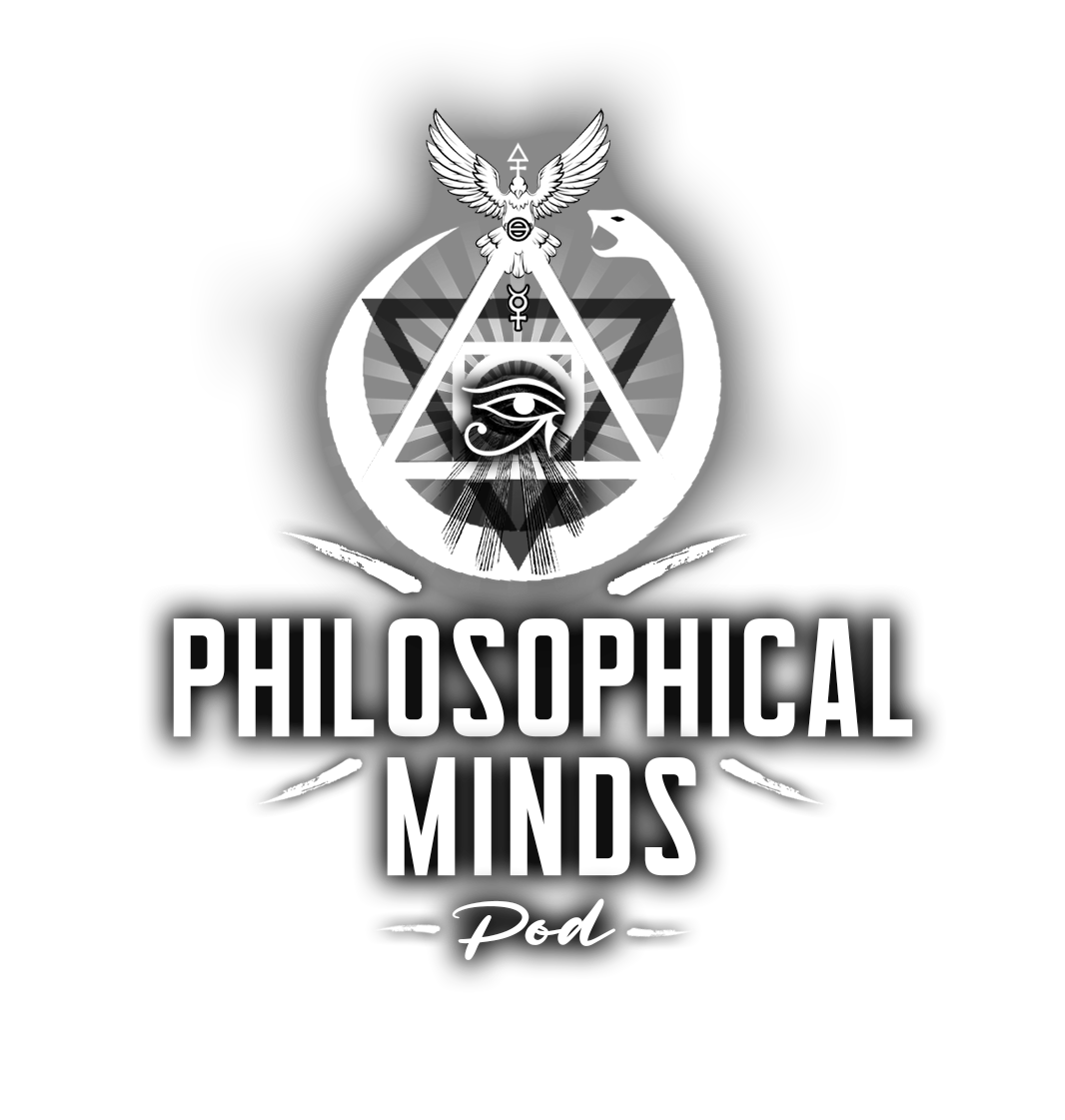Franz Hartmann: A Pioneer in Occultism and Theosophy
Franz Hartmann (1838–1912) was a German physician, mystic, and author who played a significant role in the late 19th-century occult revival, particularly through his involvement in Theosophy and the study of esoteric and mystical traditions. His works, blending Eastern and Western spiritual philosophies, established him as a pivotal figure in esoteric circles and contributed to the spread of Theosophy in Europe and America.
Early Life and Medical Career
Hartmann was born on November 22, 1838, in Donauwörth, Bavaria. His early education focused on medicine, and he went on to obtain a medical degree in Munich. As a physician, he initially pursued a traditional career, but his interest in spirituality and the metaphysical quickly overshadowed his work in the medical field. The turning point in Hartmann’s life came during his travels to the United States in the 1860s, where he was exposed to various occult and mystical teachings that would shape his later career.
Theosophy and Madame Blavatsky
Hartmann’s connection with Theosophy began when he became involved with the Theosophical Society, founded by Helena Petrovna Blavatsky, Henry Steel Olcott, and William Quan Judge in 1875. Blavatsky’s teachings, which emphasized the synthesis of science, religion, and philosophy, deeply resonated with Hartmann. In 1883, he traveled to India, where he joined Blavatsky and Olcott at the Theosophical Society headquarters in Adyar. There, Hartmann worked closely with Blavatsky, assisting her with her monumental work The Secret Doctrine and becoming deeply involved in the inner workings of the Society.
In India, Hartmann further explored Eastern religions, particularly Hinduism and Buddhism, integrating their philosophies into his personal beliefs and writings. His stay in Adyar allowed him to immerse himself in the spiritual practices of the East, which had a lasting influence on his later works. Hartmann’s involvement in Theosophy also led to his belief in the existence of Masters or Mahatmas—enlightened beings who, according to Theosophical teachings, guided the spiritual development of humanity.
Rosicrucianism and Alchemy
Hartmann was also deeply interested in Western esotericism, particularly Rosicrucianism and alchemy. His fascination with these subjects is evident in his writings, which frequently explore the connection between the mystical traditions of the West and the metaphysical teachings of the East. Hartmann viewed these esoteric systems as complementary, with both offering valuable insights into the nature of reality and the spiritual evolution of the individual.
In 1888, Hartmann published The Life of Paracelsus and the Substance of His Teachings, a seminal work that examined the life and doctrines of the Swiss physician and alchemist Paracelsus (1493–1541). Paracelsus’ philosophy, which emphasized the unity of the macrocosm and microcosm, as well as the spiritual dimension of healing, was central to Hartmann’s own worldview. He regarded Paracelsus as a mystical figure whose teachings bridged the gap between science and spirituality, a theme that resonated with the Theosophical emphasis on the reconciliation of disparate fields of knowledge.
Esoteric Christianity
Another important aspect of Hartmann’s thought was his interpretation of Christianity through an esoteric lens. In works such as With the Adepts: An Adventure Among the Rosicrucians (1887), Hartmann explored the hidden meanings behind Christian doctrines, focusing on the idea that Christ’s teachings contain mystical truths that are often overlooked in orthodox interpretations. For Hartmann, true Christianity was a spiritual path, akin to the Eastern traditions, that led to personal enlightenment and the realization of the divine within oneself.
Hartmann’s emphasis on the inner, mystical dimension of Christianity placed him in line with other esoteric thinkers of the time, such as Rudolf Steiner and Max Heindel, both of whom were influenced by Theosophical ideas and sought to reinterpret Christianity in the light of modern spirituality.
Influence on Occultism and Legacy
Franz Hartmann’s contributions to the occult revival of the 19th and early 20th centuries were vast. He not only helped spread Theosophy in Europe, but he also contributed to the burgeoning interest in Rosicrucianism, alchemy, and Eastern spirituality. His writings, which blended these various traditions, offered readers a comprehensive view of the spiritual landscape, bridging the gap between the mystical traditions of the East and West.
In addition to his writings on Paracelsus and Rosicrucianism, Hartmann also authored several books on practical occultism, including Magic, White and Black (1888), which discussed the nature of magic and the ethical implications of its practice. This work became one of Hartmann’s most popular books and introduced many readers to the concepts of ceremonial magic, karma, and the astral plane.
Hartmann’s influence extended beyond his writings. As a lecturer and practitioner, he helped popularize Theosophical and esoteric teachings, inspiring a new generation of occultists and spiritual seekers. His works, characterized by their clarity and accessibility, made complex metaphysical concepts available to a wider audience, laying the groundwork for the continued growth of the occult movement in the 20th century.
Conclusion
Franz Hartmann was a pioneering figure in the world of Theosophy and occultism. His writings and teachings, which drew from both Eastern and Western spiritual traditions, played a crucial role in the spread of esoteric ideas in Europe and America. By blending the mystical philosophies of the East with the occult traditions of the West, Hartmann created a unique synthesis that continues to influence modern spiritual thought. His legacy as an author, teacher, and Theosophist remains an enduring part of the history of esotericism.
Selected Works by Franz Hartmann
• The Life of Paracelsus and the Substance of His Teachings (1888)
• With the Adepts: An Adventure Among the Rosicrucians (1887)
• Magic, White and Black (1888)
• An Adventure Among the Rosicrucians (1896)
• The Principles of Astrological Geomancy (1889)
Sources
1. Godwin, Joscelyn. The Theosophical Enlightenment. Albany: SUNY Press, 1994.
2. Deveney, John Patrick. Paschal Beverly Randolph: A Nineteenth-Century Black American Spiritualist, Rosicrucian, and Sex Magician. Albany: SUNY Press, 1997.
3. Campbell, Bruce F. A History of the Theosophical Movement. Berkeley: University of California Press, 1980.
